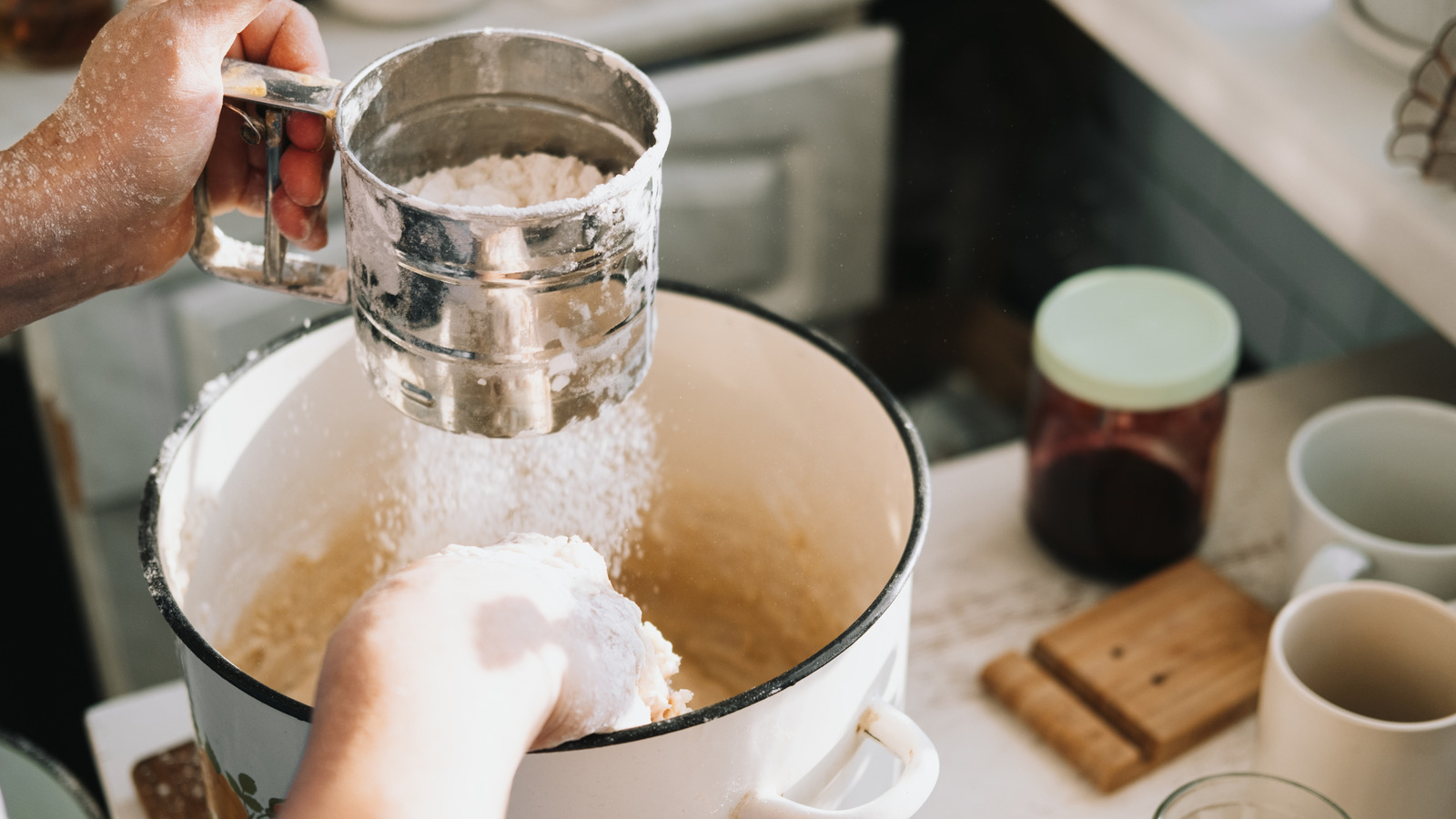
"When it makes contact with liquid and then heated, baking powder produces carbon dioxide gas and the gas forms bubbles that get trapped in the batter's structure. As the cake bakes, the bubbles expand, causing the cake to rise and become airy. Without baking powder, the batter relies only on mechanical aeration (beating, whisking eggs, creaming butter/sugar), which is not enough to give the same height and softness unless the recipe was designed as a foam cake."
"A cake without any leavening agent will end up flat, dense, and tough - basically the total opposite of the light, fluffy texture you're aiming for. Baking powder is the most commonly used, as it contains both baking soda (an acid) and cream of tartar (a base), which work together to cause the chemical reaction needed to make a cake rise."
Baking powder produces carbon dioxide when contacted with liquid and heat, creating bubbles that expand during baking and make cakes rise. Without baking powder, batters rely only on mechanical aeration from beating, whisking eggs, or creaming butter and sugar, which usually cannot produce equivalent height or softness except in foam cakes. A batter made without leavening will bake flat, dense, and tough rather than light and fluffy. Baking powder is typically added to dry ingredients to ensure even distribution and to prevent the reaction from starting prematurely. If the omission is noticed before baking, corrective steps can salvage the cake; timing determines available fixes.
Read at Tasting Table
Unable to calculate read time
Collection
[
|
...
]